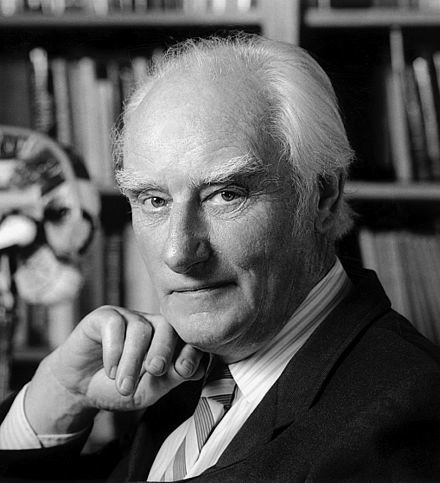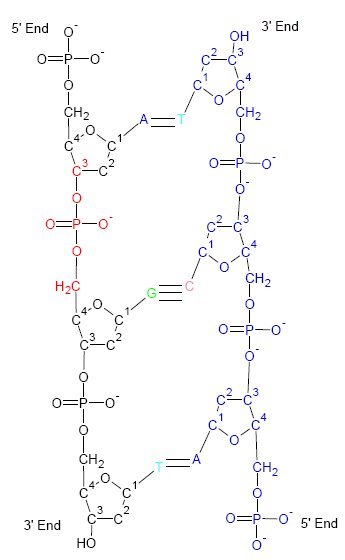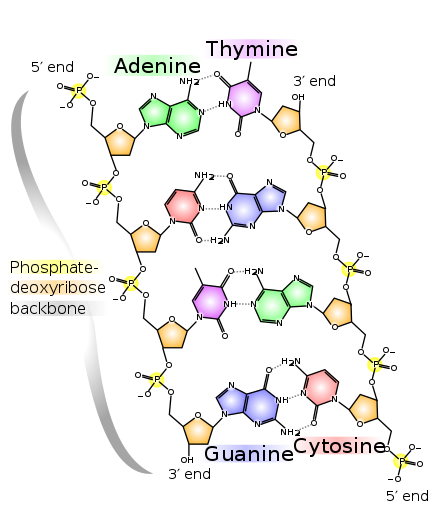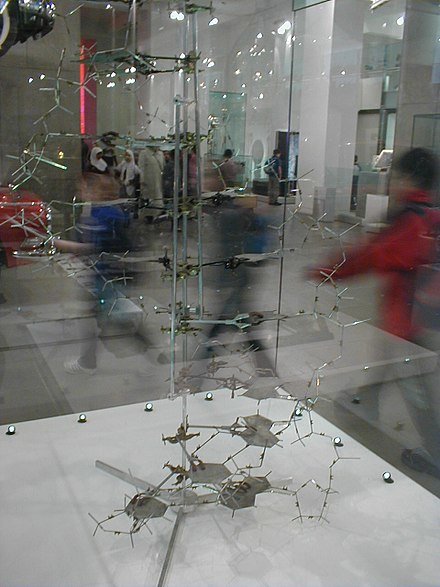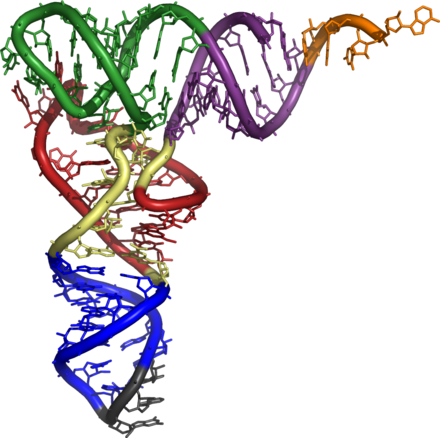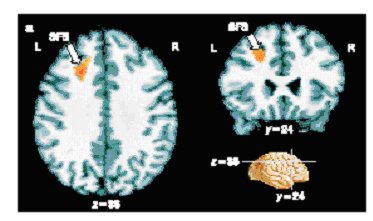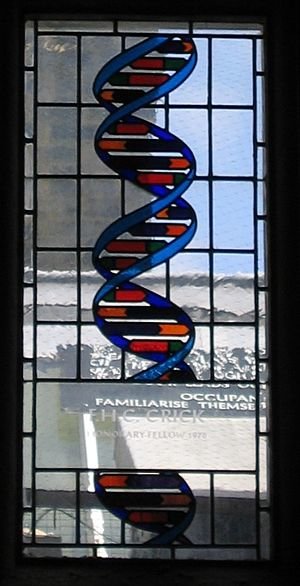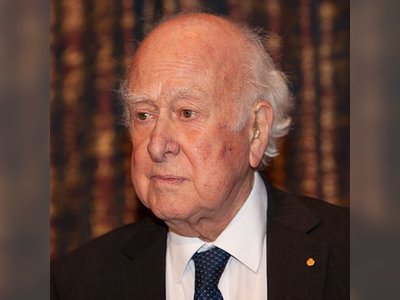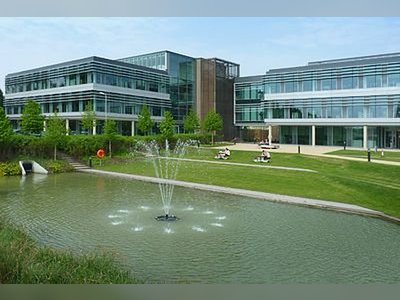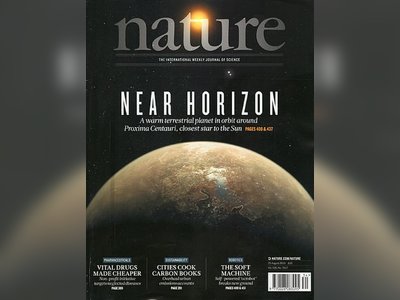British Heritage
Remember, Cherish, Learn.
beta
Francis Crick - Nobel Prize for DNA
Contribution to British Heritage: Deciphering the DNA Structure.
Francis Crick, a pioneering English molecular biologist, biophysicist, and neuroscientist, made an indelible mark on British heritage through his groundbreaking work on deciphering the helical structure of the DNA molecule. Together with James Watson, Maurice Wilkins, and Rosalind Franklin, Crick played a crucial role in unraveling the secrets of DNA, which laid the foundation for our understanding of its structure and functions.
In 1953, Crick and Watson published a seminal paper in the journal Nature, presenting their model of the DNA double helix. This model revealed the intricate architecture of DNA, showcasing how nucleotide bases pair up to form the iconic ladder-like structure. The discovery of the DNA structure was a pivotal moment in the history of science, and it opened up new avenues for research in genetics, molecular biology, and biotechnology.
For their groundbreaking work on DNA, Francis Crick, James Watson, and Maurice Wilkins were jointly awarded the Nobel Prize in Physiology or Medicine in 1962. This prestigious recognition solidified their place in history as key figures in the field of molecular biology and genetics. Their research significantly advanced our understanding of the molecular basis of life and set the stage for numerous scientific advancements in genetics and biotechnology.
Moreover, Crick's contributions extended beyond DNA research. He was a pioneer in theoretical molecular biology and coined the term "central dogma" to describe the one-way flow of genetic information from DNA to proteins. He also delved into theoretical neurobiology, aiming to advance the scientific study of human consciousness.
Francis Harry Compton Crick was born on 8 June 1916, in Weston Favell, England. From a young age, he showed a keen interest in science and a preference for empirical exploration over religious beliefs. Crick's scientific journey began at the Northampton Grammar School, where he excelled in mathematics, physics, and chemistry.
He continued his education at University College London (UCL) and earned a Bachelor of Science degree in 1937. Crick pursued a Ph.D. at UCL but was interrupted by World War II. During the war, he worked on projects related to magnetic and acoustic mines for the Admiralty Research Laboratory, where he honed his skills in experimental research.
After the war, Crick's interest shifted to biology, and he joined the Cavendish Laboratory at the University of Cambridge to study the physical properties of cytoplasm. His collaboration with James Watson, a young American researcher, was instrumental in unraveling the DNA structure. Watson and Crick's work was influenced by Rosalind Franklin's X-ray diffraction images of DNA, which were obtained without her knowledge and permission.
In 1953, Watson and Crick proposed the DNA double helix structure, a revelation that changed the landscape of biology and laid the foundation for modern genetics. Their discovery illuminated the mechanisms of genetic inheritance and paved the way for revolutionary advances in biotechnology, genetic engineering, and personalized medicine.
Francis Crick continued his scientific pursuits and held the post of J.W. Kieckhefer Distinguished Research Professor at the Salk Institute for Biological Studies in California until his death. He explored theoretical neurobiology and the nature of consciousness, highlighting his insatiable curiosity and dedication to advancing scientific knowledge.
In his personal life, Francis Crick married twice and had three children. He passed away on 28 July 2004, succumbing to colon cancer at the University of California, San Diego. Crick's legacy lives on through his immense contributions to the field of molecular biology and his pivotal role in deciphering the DNA structure.
His work continues to inspire scientists worldwide, and the DNA double helix stands as one of the most significant discoveries in the history of science. Crick's dedication to understanding the fundamental mysteries of life and his commitment to rigorous scientific inquiry have left an enduring impact on British heritage and the global scientific community.
In 1953, Crick and Watson published a seminal paper in the journal Nature, presenting their model of the DNA double helix. This model revealed the intricate architecture of DNA, showcasing how nucleotide bases pair up to form the iconic ladder-like structure. The discovery of the DNA structure was a pivotal moment in the history of science, and it opened up new avenues for research in genetics, molecular biology, and biotechnology.
Legacy and Contributions: Nobel Prize for DNA
For their groundbreaking work on DNA, Francis Crick, James Watson, and Maurice Wilkins were jointly awarded the Nobel Prize in Physiology or Medicine in 1962. This prestigious recognition solidified their place in history as key figures in the field of molecular biology and genetics. Their research significantly advanced our understanding of the molecular basis of life and set the stage for numerous scientific advancements in genetics and biotechnology.
Moreover, Crick's contributions extended beyond DNA research. He was a pioneer in theoretical molecular biology and coined the term "central dogma" to describe the one-way flow of genetic information from DNA to proteins. He also delved into theoretical neurobiology, aiming to advance the scientific study of human consciousness.
Success and General Information: A Life of Scientific Pursuit
Francis Harry Compton Crick was born on 8 June 1916, in Weston Favell, England. From a young age, he showed a keen interest in science and a preference for empirical exploration over religious beliefs. Crick's scientific journey began at the Northampton Grammar School, where he excelled in mathematics, physics, and chemistry.
He continued his education at University College London (UCL) and earned a Bachelor of Science degree in 1937. Crick pursued a Ph.D. at UCL but was interrupted by World War II. During the war, he worked on projects related to magnetic and acoustic mines for the Admiralty Research Laboratory, where he honed his skills in experimental research.
After the war, Crick's interest shifted to biology, and he joined the Cavendish Laboratory at the University of Cambridge to study the physical properties of cytoplasm. His collaboration with James Watson, a young American researcher, was instrumental in unraveling the DNA structure. Watson and Crick's work was influenced by Rosalind Franklin's X-ray diffraction images of DNA, which were obtained without her knowledge and permission.
In 1953, Watson and Crick proposed the DNA double helix structure, a revelation that changed the landscape of biology and laid the foundation for modern genetics. Their discovery illuminated the mechanisms of genetic inheritance and paved the way for revolutionary advances in biotechnology, genetic engineering, and personalized medicine.
Francis Crick continued his scientific pursuits and held the post of J.W. Kieckhefer Distinguished Research Professor at the Salk Institute for Biological Studies in California until his death. He explored theoretical neurobiology and the nature of consciousness, highlighting his insatiable curiosity and dedication to advancing scientific knowledge.
Personal Life and Legacy
In his personal life, Francis Crick married twice and had three children. He passed away on 28 July 2004, succumbing to colon cancer at the University of California, San Diego. Crick's legacy lives on through his immense contributions to the field of molecular biology and his pivotal role in deciphering the DNA structure.
His work continues to inspire scientists worldwide, and the DNA double helix stands as one of the most significant discoveries in the history of science. Crick's dedication to understanding the fundamental mysteries of life and his commitment to rigorous scientific inquiry have left an enduring impact on British heritage and the global scientific community.
- Francis Cricken.wikipedia.org
